Beaver is a lovely community located on the Ohio River bluffs nearly directly across the river from the Shell petrochemical plant. Beaver boasts a large National Register of Historic Places historic district (PA-SHARE Resource #1994RE00048) that consists of large, stately homes, vernacular residences, a thriving central business district bursting with historic character and a series of open spaces and parks that date to the community’s late 18th century plan. Beaver is home to the National Historic Landmark Matthew S. Quay House (PA-SHARE Resource #1975RE00155) and the site of Ft. McIntosh, a late 18th century American frontier fort, which is individually listed in the National Register (PA-SHARE Resource #1975RE00024).
Continue reading
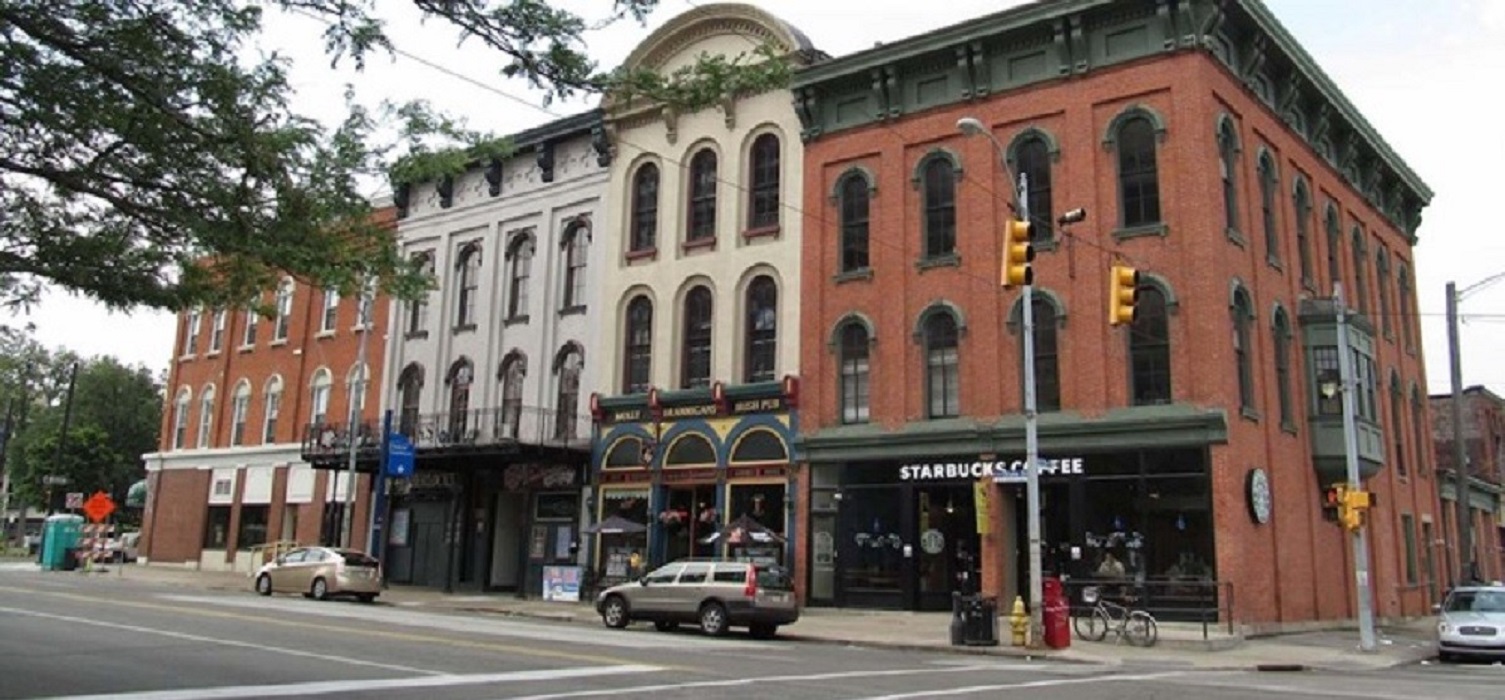
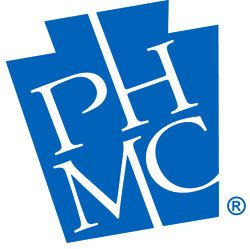
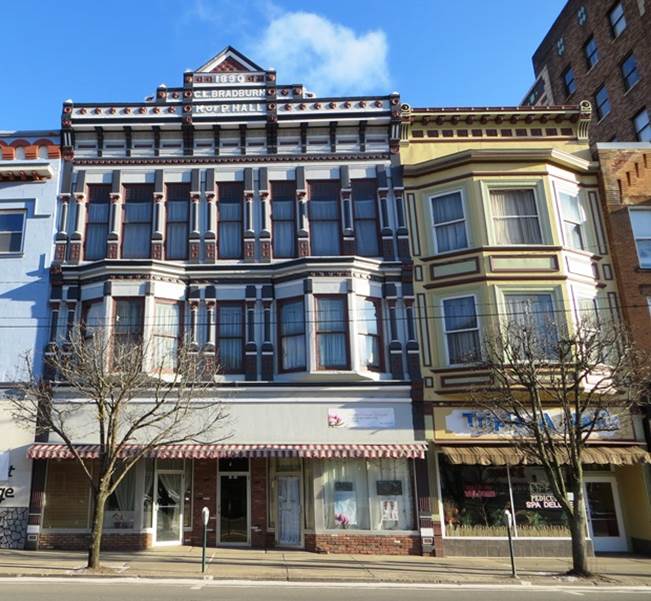
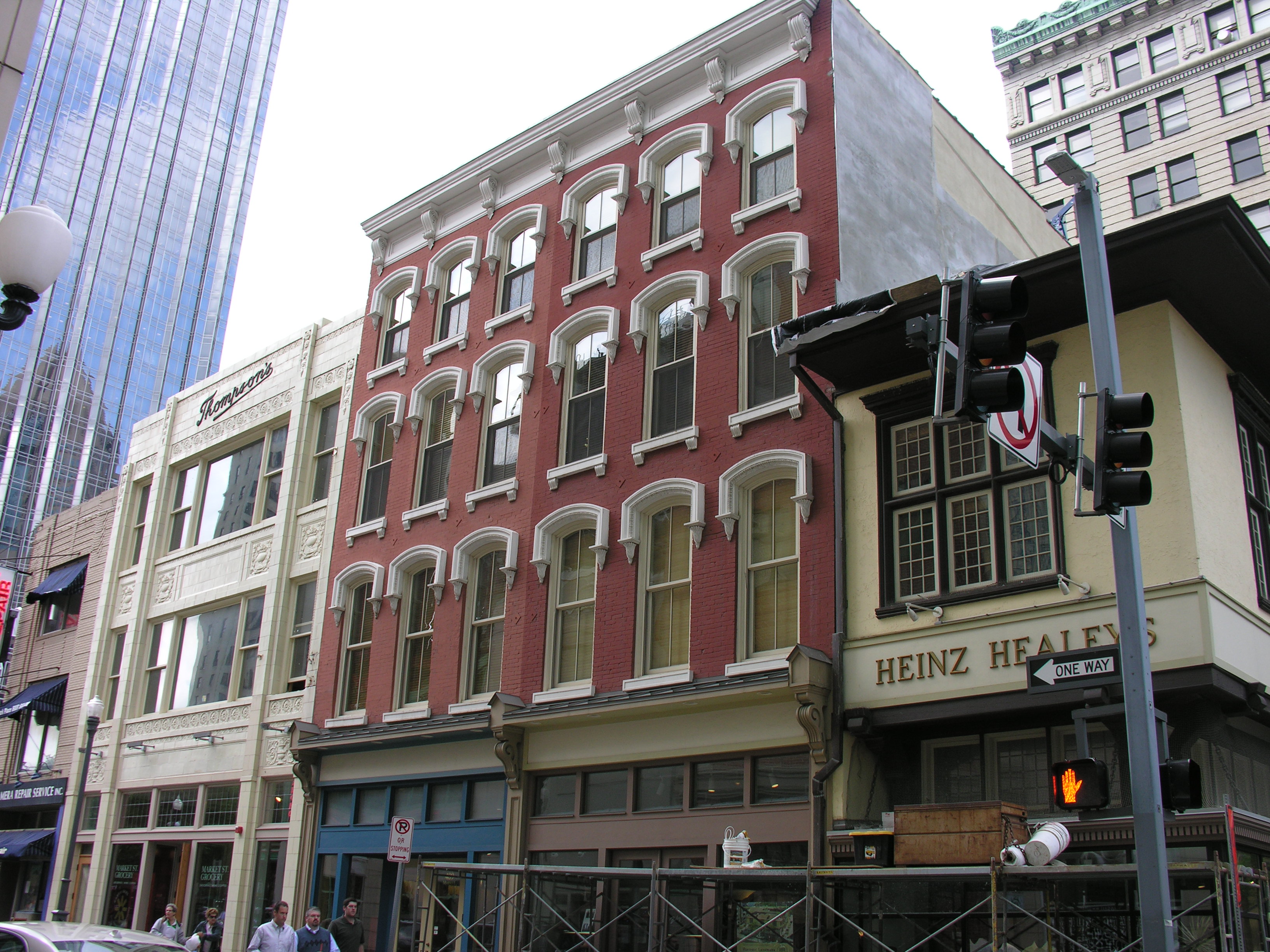
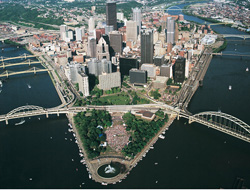
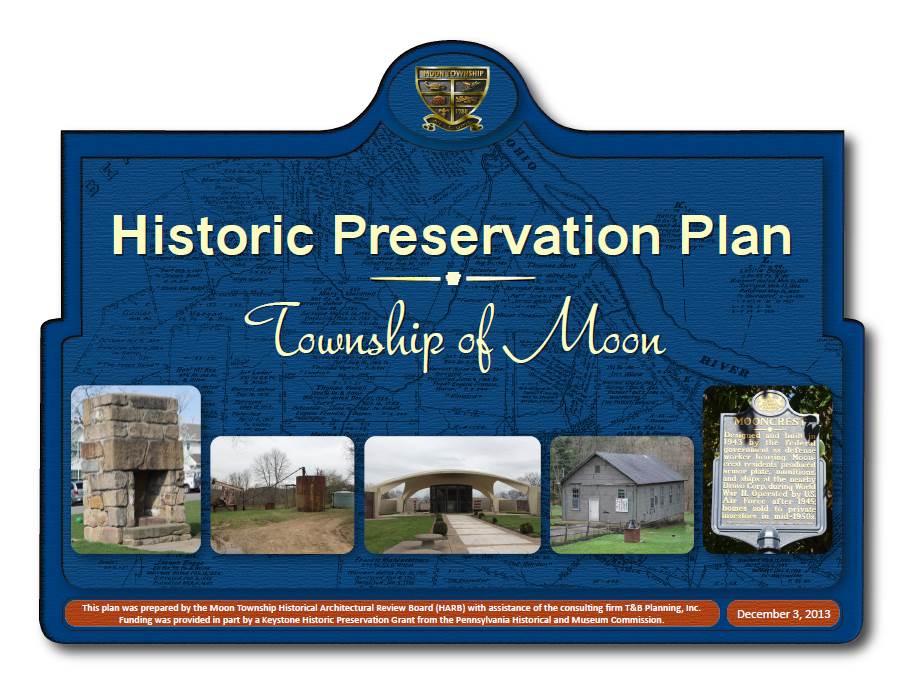
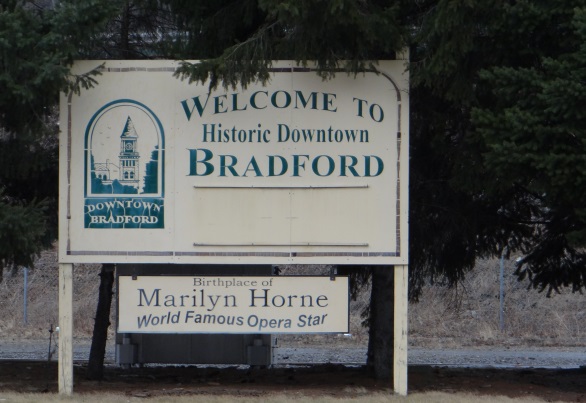
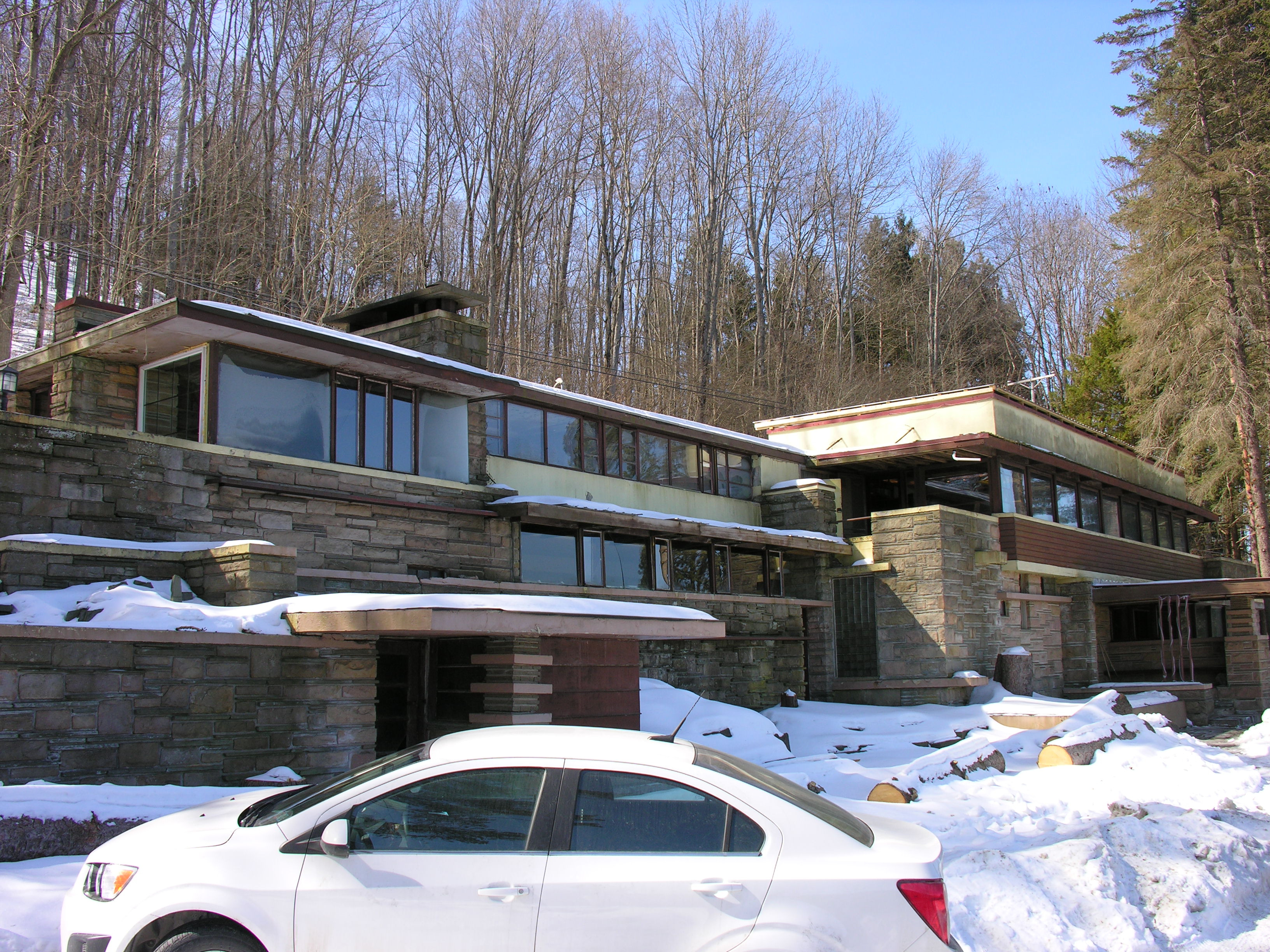
Recent Comments